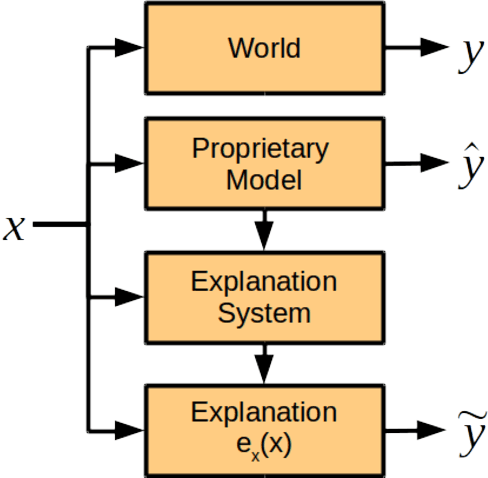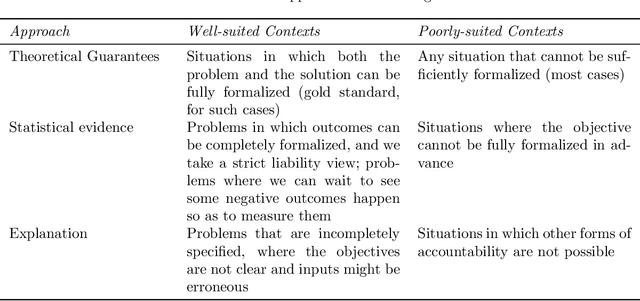David Weinberger
Gemma 2: Improving Open Language Models at a Practical Size
Aug 02, 2024



Abstract:In this work, we introduce Gemma 2, a new addition to the Gemma family of lightweight, state-of-the-art open models, ranging in scale from 2 billion to 27 billion parameters. In this new version, we apply several known technical modifications to the Transformer architecture, such as interleaving local-global attentions (Beltagy et al., 2020a) and group-query attention (Ainslie et al., 2023). We also train the 2B and 9B models with knowledge distillation (Hinton et al., 2015) instead of next token prediction. The resulting models deliver the best performance for their size, and even offer competitive alternatives to models that are 2-3 times bigger. We release all our models to the community.
Accountability of AI Under the Law: The Role of Explanation
Nov 21, 2017


Abstract:The ubiquity of systems using artificial intelligence or "AI" has brought increasing attention to how those systems should be regulated. The choice of how to regulate AI systems will require care. AI systems have the potential to synthesize large amounts of data, allowing for greater levels of personalization and precision than ever before---applications range from clinical decision support to autonomous driving and predictive policing. That said, there exist legitimate concerns about the intentional and unintentional negative consequences of AI systems. There are many ways to hold AI systems accountable. In this work, we focus on one: explanation. Questions about a legal right to explanation from AI systems was recently debated in the EU General Data Protection Regulation, and thus thinking carefully about when and how explanation from AI systems might improve accountability is timely. In this work, we review contexts in which explanation is currently required under the law, and then list the technical considerations that must be considered if we desired AI systems that could provide kinds of explanations that are currently required of humans.
 Add to Chrome
Add to Chrome Add to Firefox
Add to Firefox Add to Edge
Add to Edge